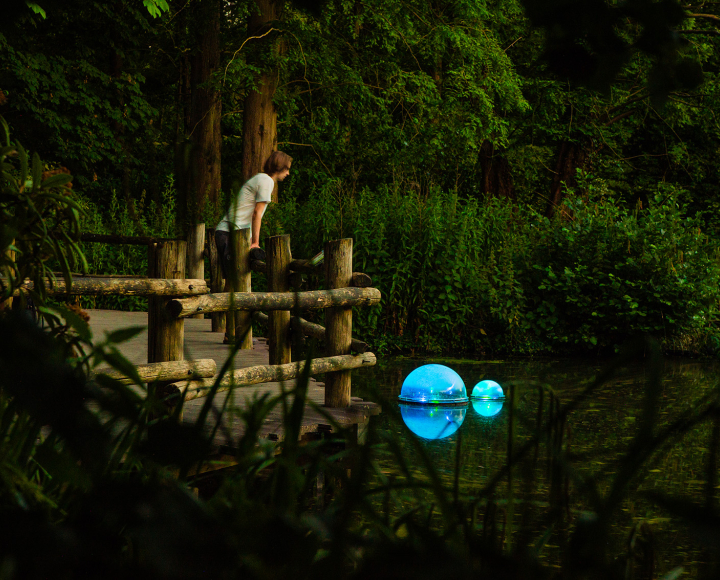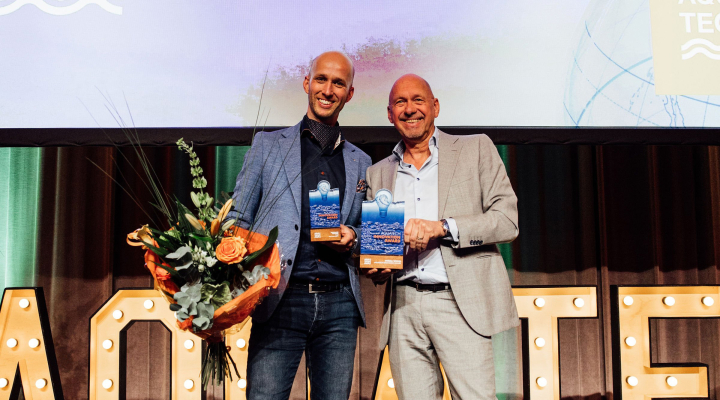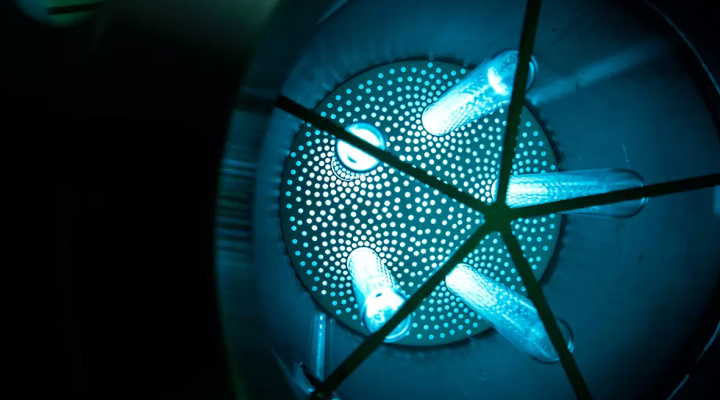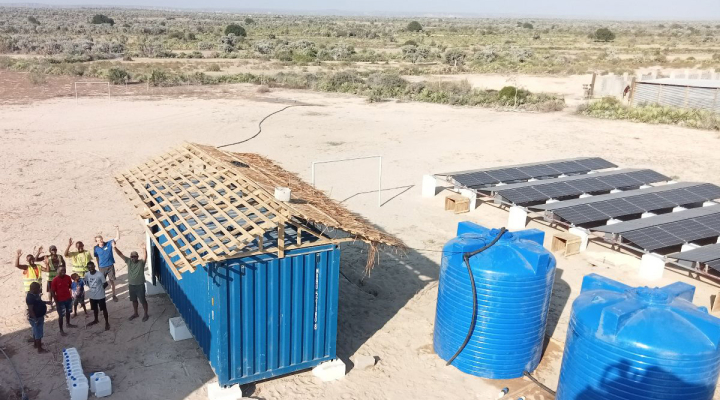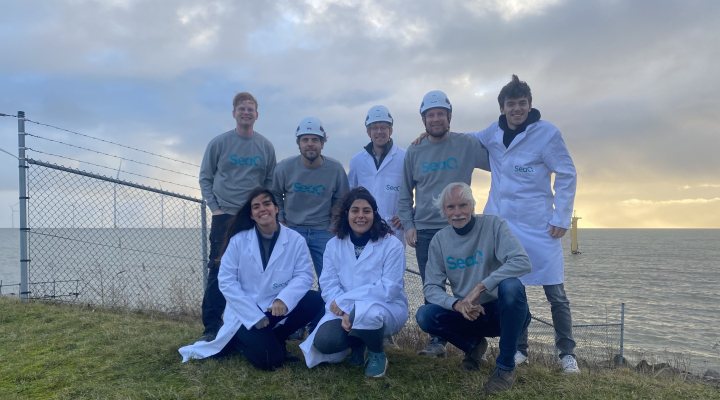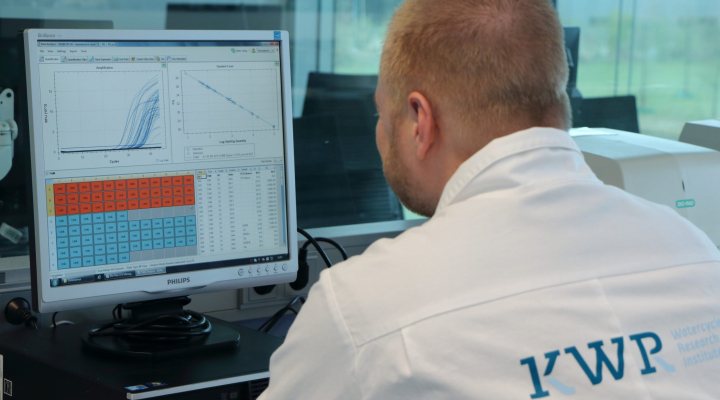World’s first waste water treatment plant to produce biopolymer Kaumera
Water board Rijn en IJssel has completed the construction of a reactor to produce Kaumera biopolymer from granular sludge that originates from the adjacent Nereda waste water treatment plant. The world's first Kaumera production unit was officially opened in Zutphen, the Netherlands, on 2 October.


Valuable raw material
Kaumera is a valuable raw material and a viable alternative to a variety of oil-based materials. It can repel water but can also absorb it and it is fire retardant. It’s also suitable for coatings and use as a composite material.
By combining it with other raw materials, changes can be made to the character of the fabric. One such example is the combination with clay, giving it the material properties of nacre (mother-of-pearl) that is often used by jewellery makers.
Coating of seeds
When produced as a smart coating for seeds and manure grains, Kaumera ensures young plants to develop faster and to be less vulnerable to diseases. As a coating for manure grains it ensures that the manure is distributed more evenly on the crops.
When produced as a coating for concrete, it ensures that the concrete does not dry out during curing. This prevents tearing. Furthermore, the biopolymer can act as a binder, glue agent or part of a dye.


Less costs for sludge disposal
Water board Rijn & IJssel operates a Nereda plant and expects that by removing Kaumera 20-35 percent less sludge needs to be removed and disposed of. This helps the water board to reduce its energy consumption by 30 to 80 percent, depending on the application. The expected CO2-emission reduction is 113 tons of CO2 equivalent per year. In addition to the reduced costs for sludge disposal, the water board expects a quick return on investment by selling raw Kaumera to ChainCraft, one of the cooperating partners.
For chairman Hein Pieper of water board Rijn & IJssel the Kaumera factory is more than just a conclusive business case. 'By adding the Kaumera factory, we want to contribute to the increase of products derived from waste water for which there is a real market demand.'
New income for Nereda users
All over the world 73 Nereda water treatment plants are in operation now or under construction, all of which have the potential to produce Kaumera from the surplus sludge. According to René Noppeney of Royal HaskoningDHV, the Nereda users can reduce their treatment costs considerably.
'With the experience here in Zutphen', Noppeny said, 'we can also offer Kaumera extraction abroad to all our Nereda users. It will not only reduce their costs for the disposal of their sludge, they will also generate money by selling Kaumera. To this end, the biopolymer must find its way to the market. That is something we are now looking at with biotech firm ChainCraft.'
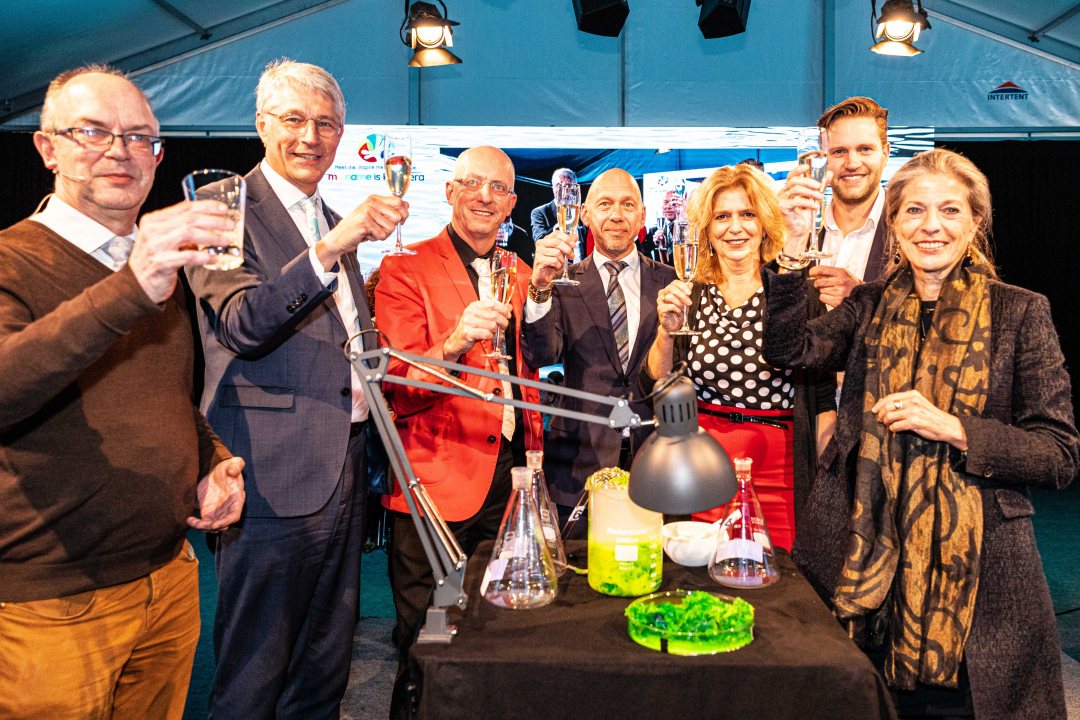
Second factory
A second Nereda customer to produce Kaumera will be Dutch water board Vallei & Veluwe. The factory is expected to come online at the municipal waste water treatment plant Epe in Spring 2020.
The launch is the result of intensive cooperation between Delft University of Technology, engineering firm Royal HaskoningDHV, research institute Stichting Toegepast Onderzoek Waterbeheer (STOWA), Water board Vallei & Veluwe, Water board Rijn & IJssel, and biotechnology company ChainCraft.
Each partner has contributed a part of the knowledge and expertise for researching, developing, producing and marketing the raw material.




